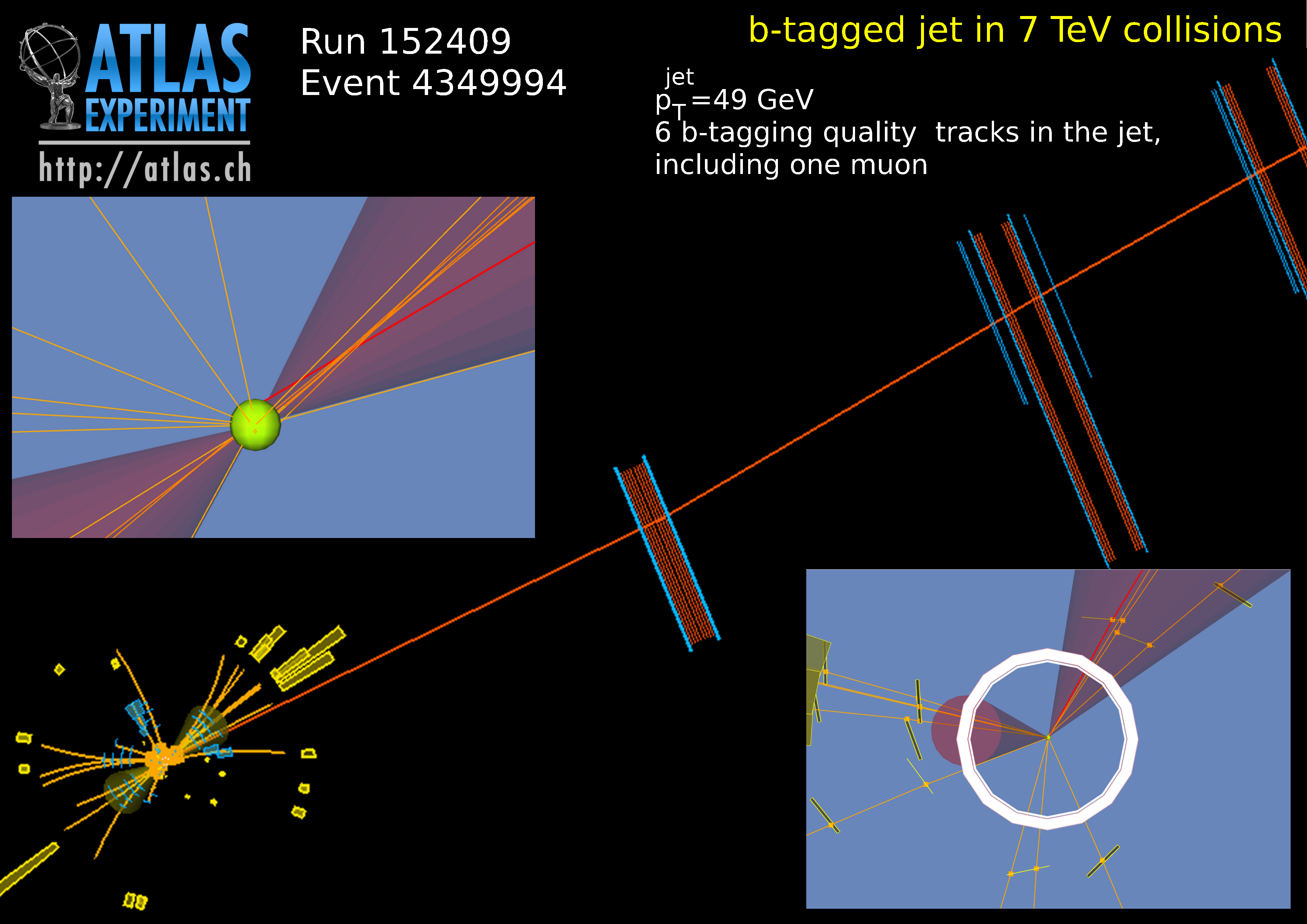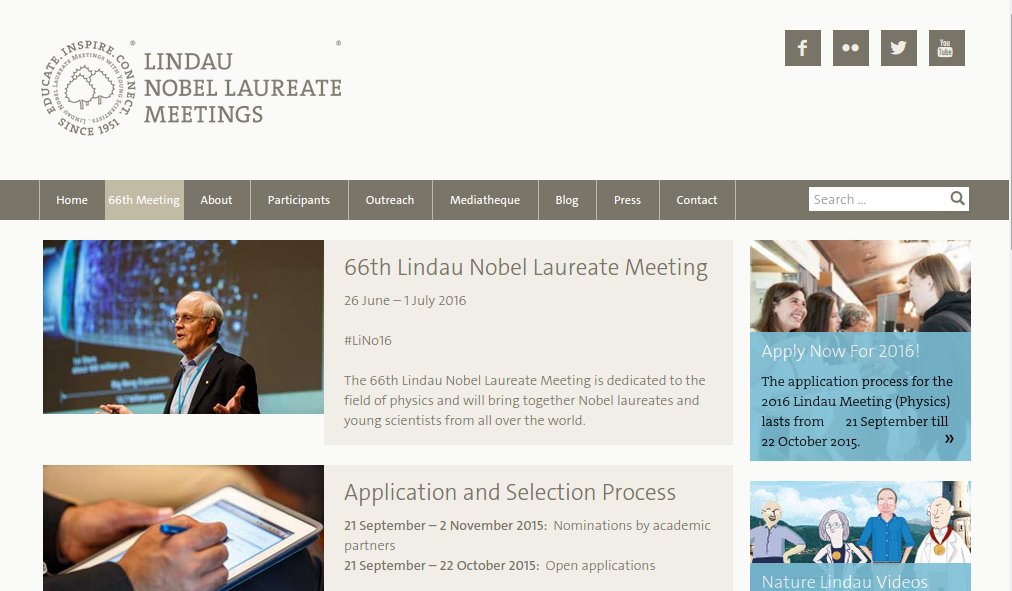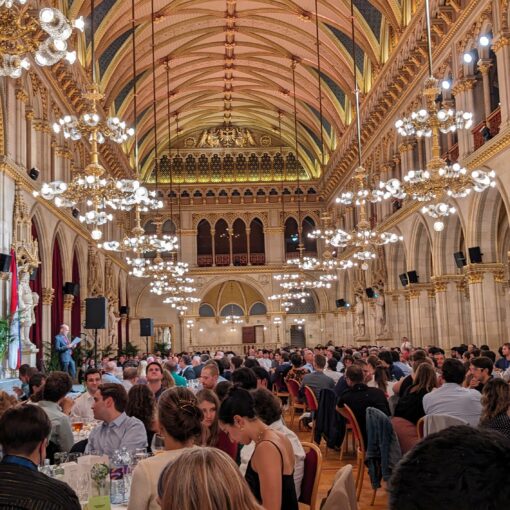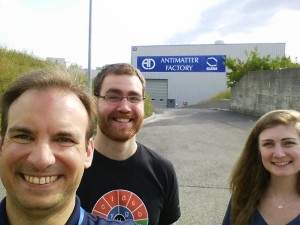
This was a very good week at CERN. We made some progress on identifying clear physics topics of exploration in the context of Run 2 physics involving H → bb decays. It was the week of the US ATLAS Meeting. Oh, and our new summer grad students arrived on Saturday. I only have 2 weeks left at CERN, so I am trying to make the absolute most of them because the privilege of being able to focus just on physics is going away in 13 days.
It was a really beautiful week on the French/Swiss border – the weather has been excellent and many a long run has been had by yours truly. I’ve been avoiding weighing myself this summer, but just based on how my clothes are hanging on me I’d say my summer goal of dropping 5-10 pounds is coming to be a reality. If I can maintain that when the semester starts, as I had maintained my previous weight during the semesters, life will be very good.
Let’s have a look at some of the specifics.
Physics with H → bb
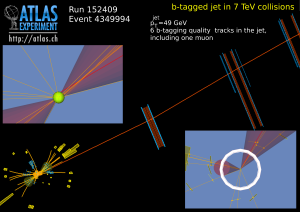
I am very excited about bottom-quark initiated jets. I know. Such a cliche. Boy meets jet. Boy tags jet as bottom-quark-initiated. Boy learns all about the Higgs boson from the jet. Boy answers question about the cosmos as a result.
So typical.
But seriously…
In the Standard Model, the decay of a Higgs boson to bottom quarks is the most probable outcome. Of all possible Standard Model decays of the Higgs, 60% of them are pairs of bottom quarks. Yet, in Run 1, ATLAS and CMS struggled to observe this decay (assuming it even happens, of course). Run 2 brings with it the production of many more Higgs bosons, and the promise of finally seeing this… if we can reject all the “background” that fakes the observation of H→bb. That’s the key. Since bottom quarks create “jets” of particles when they are produced, due to the nature of the strong force, they have to be identified from the dozens of other jets in a single proton-proton bunch crossing… and from the (literally) billions of times more probable proton-collision outcomes that yield no bottom-quark-initiated jets at all. It’s a tough search.
SMU is very pleased to be taking on a role within this effort in Run 2. We’ve been developing expertise and capability in triggering on bottom-quark jets and also improving the use of data and simulation comparisons to refine the systematic uncertainties associated with these jets, and how those uncertainties propagate into ATLAS physics analyses. We’re pretty excited to have a chance now to explore b-jet tagging in the context of this analysis. This will keep us quite focused for a long time to come, and it’s good, good physics.
US ATLAS Meeting at the University of Illinois Urbana-Champaign
I wasn’t able to actually attend the meeting in person… I only get 30 days at CERN this summer and I have to make every one of them count, so I can’t be popping back to the US for meetings… but I wanted to plug that my friends at UIUC hosted the US ATLAS Meeting this summer. I was able to connect in via Vidyo (I seemed to be just about the only person doing this…) and listen to some of the talks, and it was pretty exciting to see how my own national community is organizing in Run 2 and thinking about the future of computing, detector, and physics contributions to the ATLAS experiment. Although I couldn’t attend, thanks to my friends at UIUC for hosting what appeared, to a guy on Vidyo, to be a great meeting.
Summer students, unite!
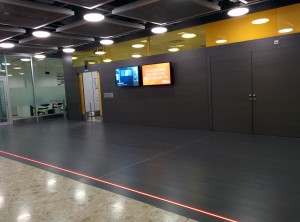
I am pleased to say that we have two grad students joining us for summer research at CERN. Matthew (@HEPFeickert) and Maddie just completed their first year of classes at SMU and are headed into their second. The summer is a chance to match up with a research group and try out some project. In addition, the students are here to attend the excellent, excellent CERN summer student lecture series. So their mornings will be filled with physics lectures and their afternoons with collaboration, coding, physics, and … of course … ATLAS MEETINGS!
So exciting.
They arrived yesterday (Saturday). My job was to get them from the airport to CERN, from CERN to their apartment, from their apartment to shopping, and then back to the apartment. All of this was meant to help keep them awake through significant jet lag so they could get to sleep at a reasonable hour and start the transition onto this time zone. We’ll see how they fare today. They did a great job yesterday, and their apartment for the next 6 weeks is just great. Their balcony offers a very good view of the Saleve east of Geneva.
Tonight, many of the SMU-CERN group will meet up at Cafe Remor in Geneva for a welcome dinner with Matthew and Maddie.

